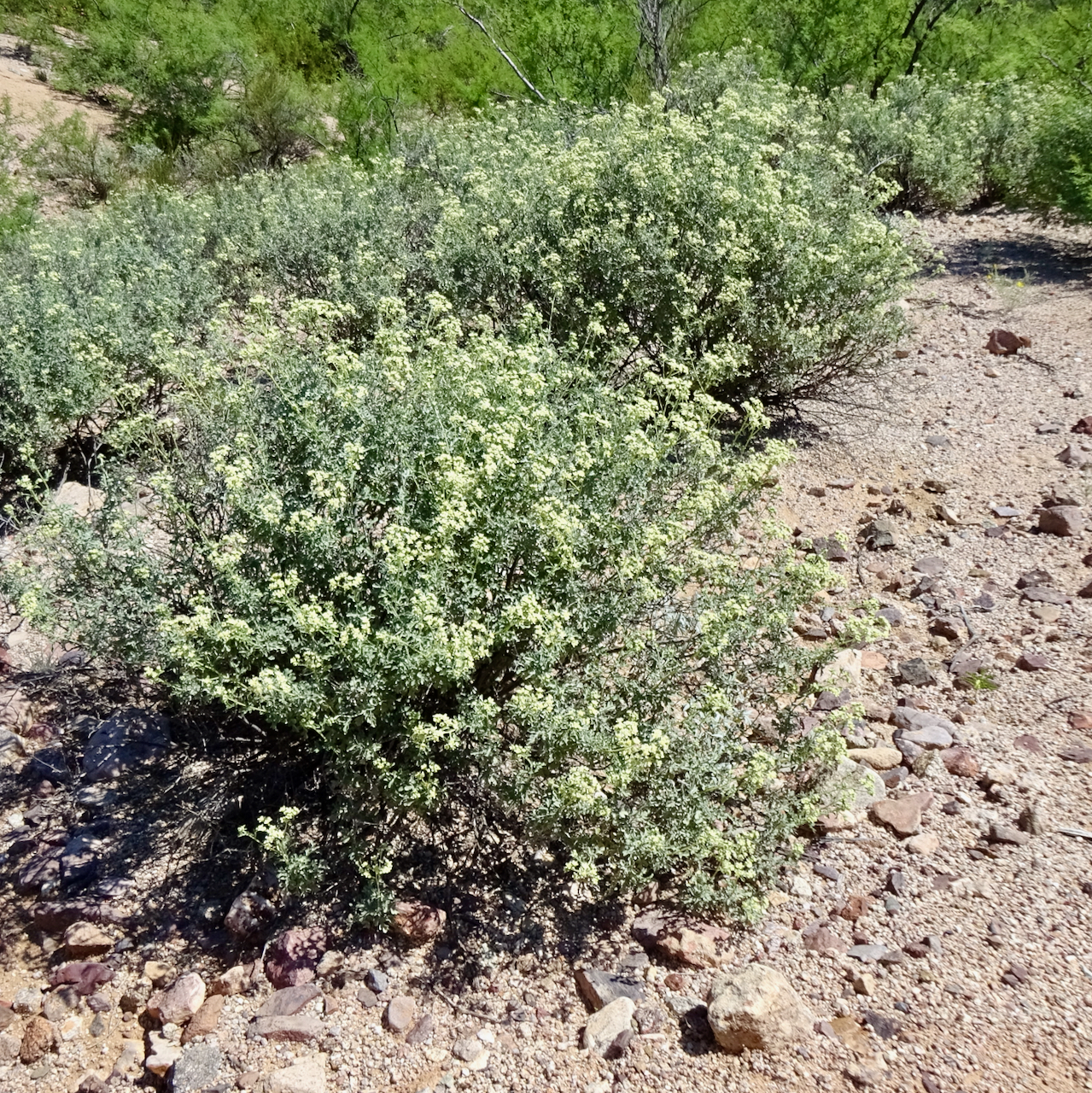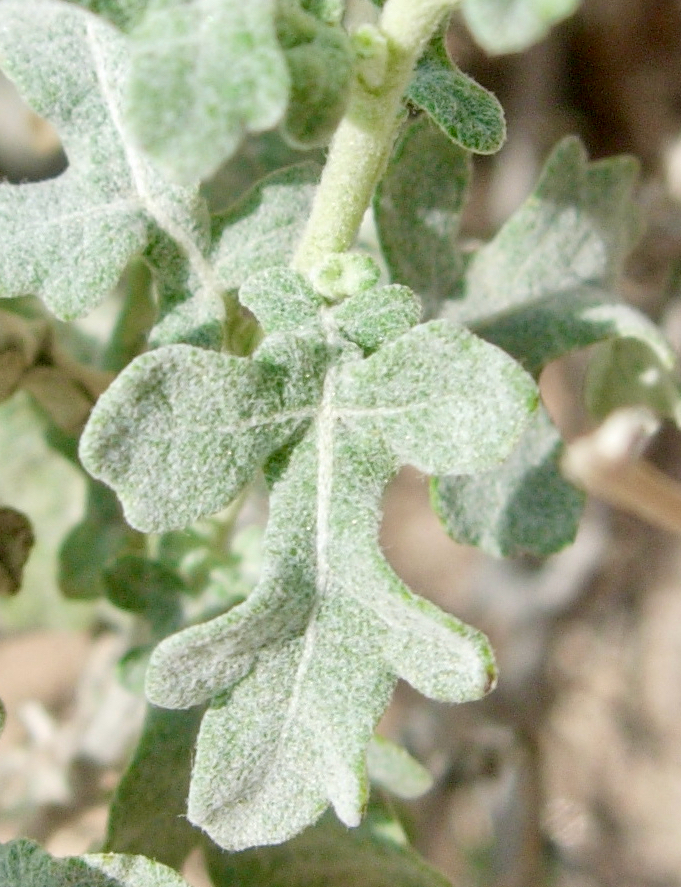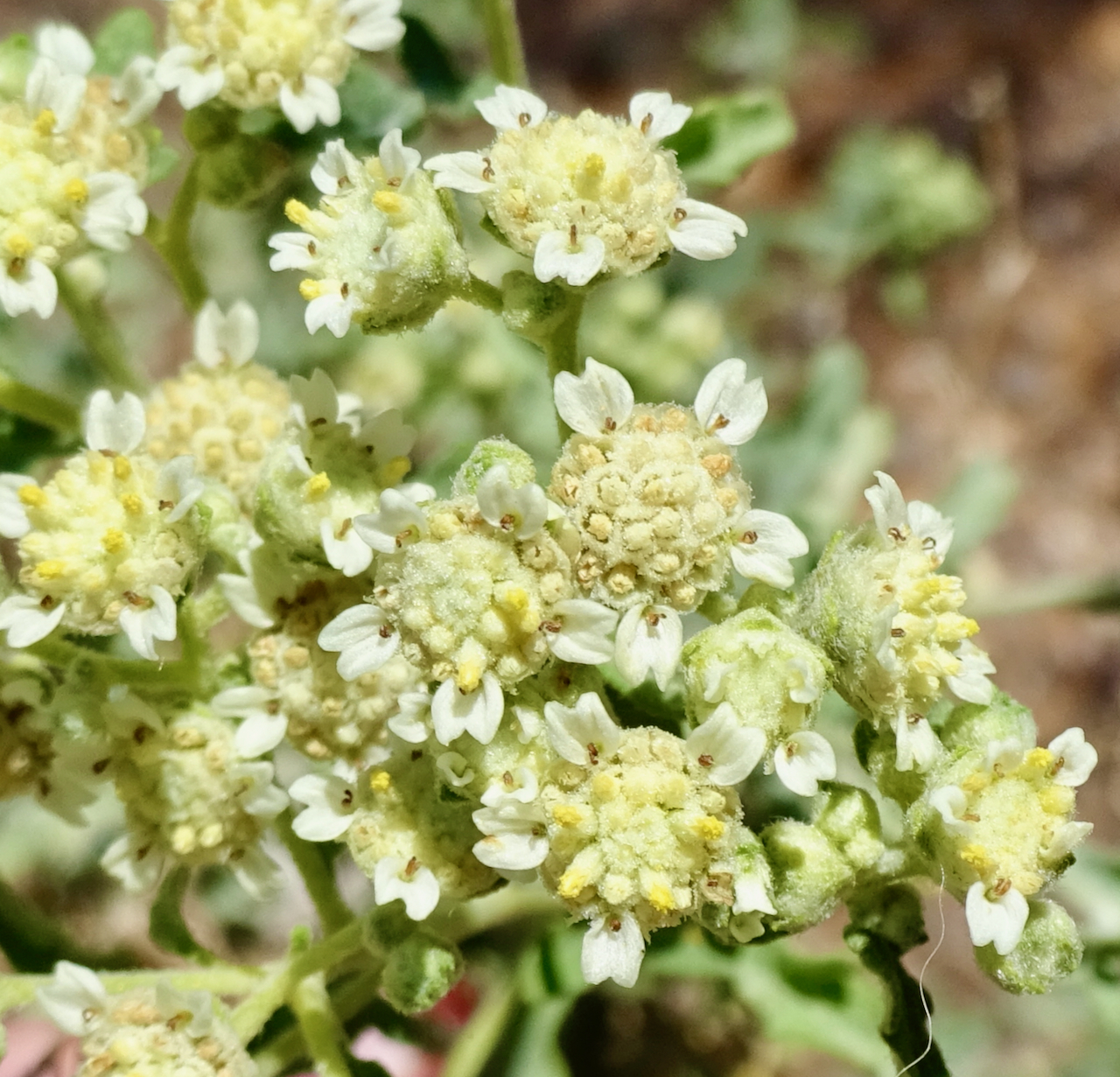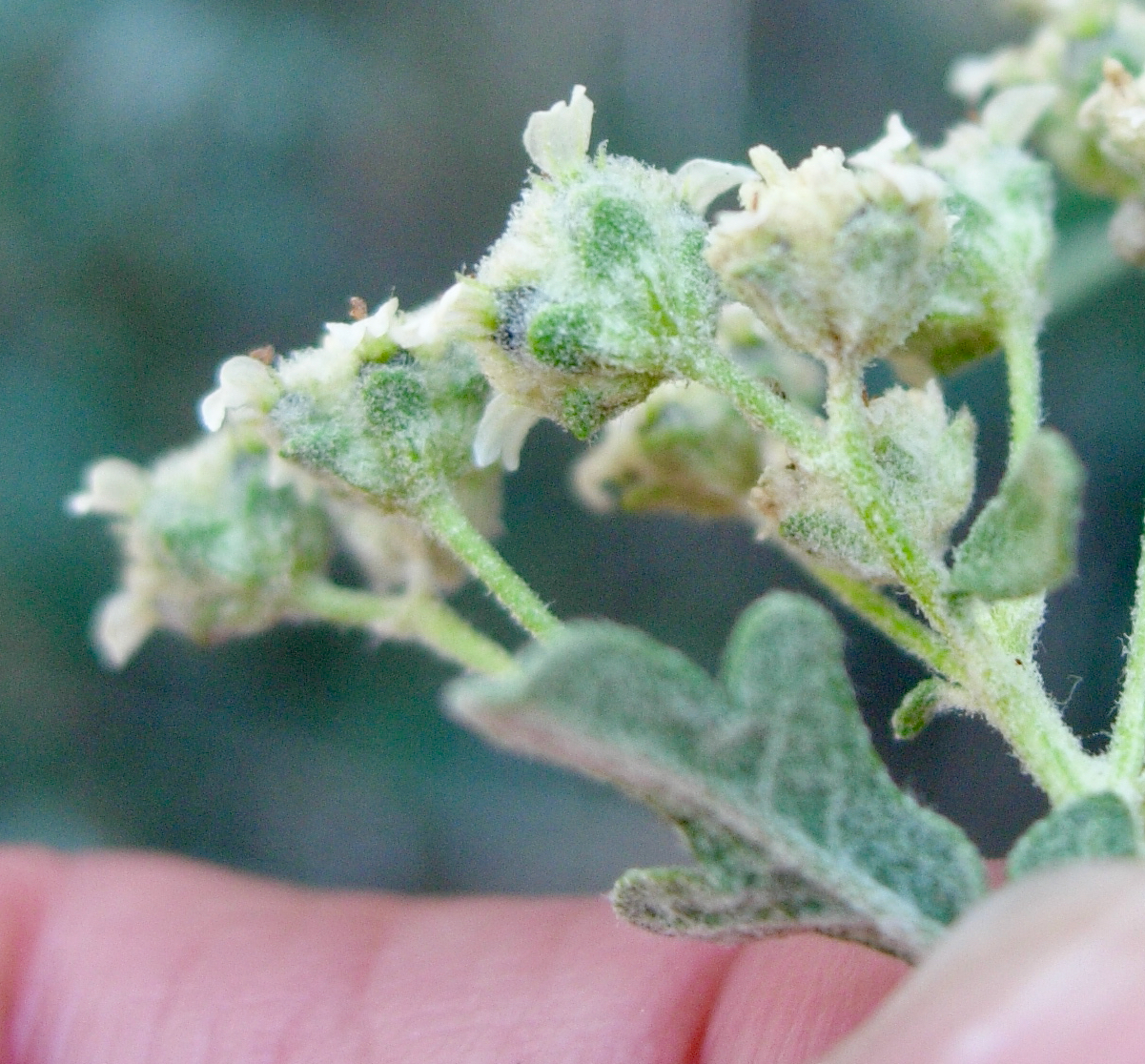Mariola
Parthenium incanum
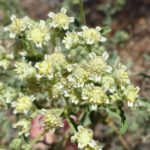
About the Plant
Mariola is a small evergreen shrub native to the Southwest US. Its compact form makes it ideal for small landscapes. The leaves are covered with woolly white hairs, giving them a light green color that contrasts nicely with darker plants. Flowering begins in August and may continue into the fall.
Grow mariola in full sun. It is found on limestone and caliche soils in the wild. It is quite drought tolerant once establish and is recommended for erosion control on slopes. Mariola is hardy to at least 15°F, perhaps lower. Pruning is only needed to remove dead stems and perhaps to deadhead when flowering is finished.
Notes: Mariola is closely related to wild quinine (Parthenium integrifolium) of the eastern Great Plains and to guayule (Parthenium argentatum), native to Texas and Mexico. Rubber from guayule is used to make hypoallergenic latex gloves and may find use in tire production.
Wildlife value: uncertain. Other Parthenium species are known to attract many small insects.
More Information
Information from Texas Native Plant Database
Information on historical uses from Texas Beyond History
Technical botanical description from SEINet
In books:
Native Plants for Southwestern Landscapes by Judy Mielke, page 216
